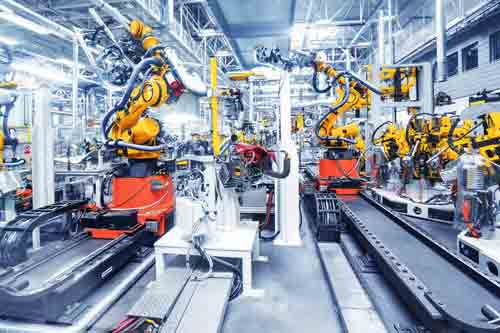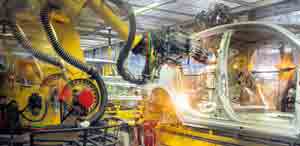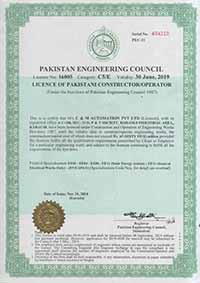Range of I/O modules for the S7-300
Description
Signal modules are the interface of the SIMATIC S7-300 to the process. The multi-facetted module range of S7-300 allows modular customization to suit the most varied tasks.
S7-300 supports multi-facetted technological tasks and offers exhaustive communication options. Apart from the CPUs with integrated functions and interfaces, there is a wide range of special modules in S7-300 design for technology and communication.
Benefit
-
Easy installation
The sensors/actuators are connected through front connectors. These are available for the following connection methods:
-
Screw-type terminals
-
Spring loaded
-
Fast Connect (insulation displacement )
When a module is replaced, the connector is simply plugged into the new module of the same type; the wiring is retained. The coding of the front connector avoids mistakes.
-
Fast connection
Connection with SIMATIC TOP connect is even simpler and faster (not for the onboard I/O of the compact CPUs). Preassembled front connectors with single cores and a complete plug-in modular system comprising a front connector module, connecting cable and terminal block are available.
-
High packing density
The high number of channels on the modules provides for the space-saving design of the S7-300. Modules are available with 8 to 64 channels (digital) or 2 to 8 channels (analog) per module.
-
Simple parameterization
The modules are configured and parameterized using STEP 7, and there are no inconvenient switch settings to be made. The data are stored centrally and, following module replacement, they are automatically transferred to the new module so that no setting errors can occur. No software upgrade is required when using new modules. A configuration can be copied as often as required, e.g. for standard machines.
Design and functions
A host of different digital and analog modules provide exactly the inputs/outputs required for each task.
Digital and analog modules differ as regards the number of channels, voltage and current ranges, electrical isolation, diagnostics and alarm functions, etc.
In all the module ranges named here, SIPLUS components are also available for extended temperature range -25…+60°C and aggressive atmosphere/condensation.
Diagnostics, interrupts
Many modules additionally monitor signal acquisition (diagnostics) and the signals from the process (process interrupt). This makes it possible to react immediately to process errors, e.g. wire breaks or short circuits, and any process event, e.g. rising or falling edge at a digital input. The response of the controller can easily be programmed with STEP 7.
Special modules
For test and simulation, the simulation module can be plugged into the S7-300. It enables simulation of encoder signals via switches and indicates output signals via LEDs.
The module can be plugged in anywhere regardless of slot rules. The dummy module reserves a slot for an unconfigured signal module. When the module is installed later, the mechanical configuration and address assignment of the overall configuration remain unchanged.






